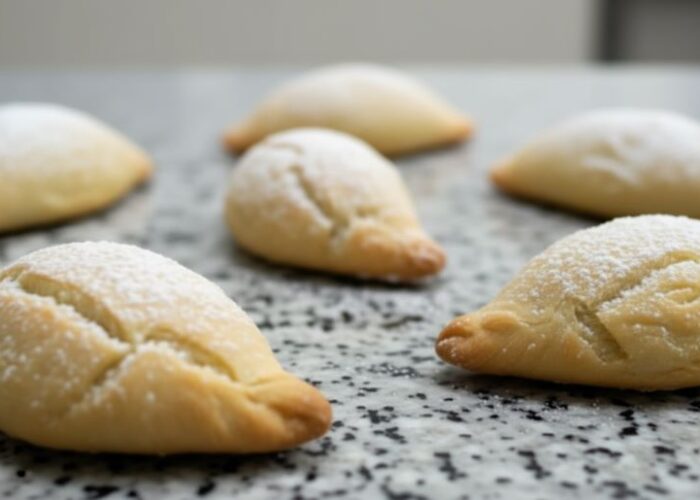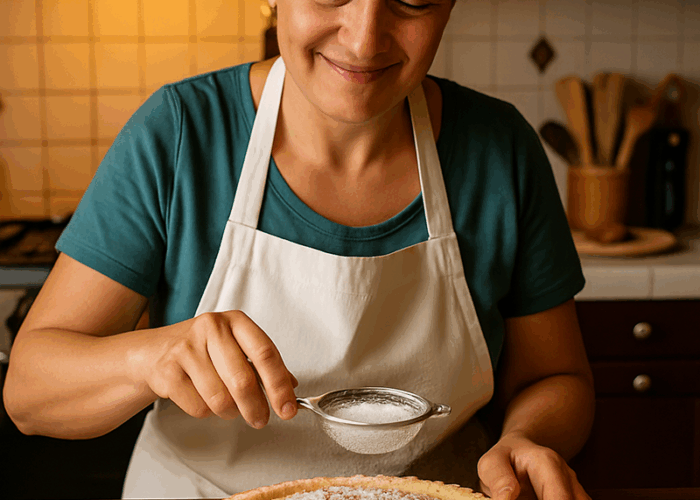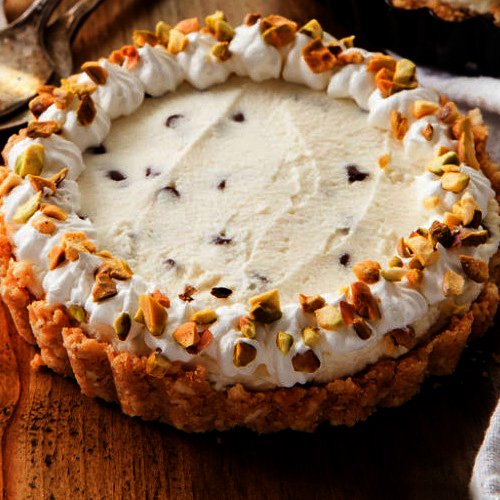
Easy Zabaglione Recipe: Traditional Italian Custard
Zabaglione (also called zabaione in Italian or sabayon in French) is a classic Italian dessert. It combines egg yolks, sugar, and sweet wine—usually Marsala. When whisked gently over heat, it turns into a light, airy custard. You can serve it warm or chilled.
This dessert is famous for its silky texture and delicate sweetness. It dates back to the 15th or 16th century, originating in Northern Italy’s Piedmont region.
From Tonic to Classic Dessert
At first, people saw Zabaglione as an energizing tonic. They often gave it to the sick or tired because its protein and sugar packed a punch. Over time, Zabaglione grew popular across Europe. French chefs soon adapted it into sabayon, a custard used in both sweet and savory dishes. Today, Zabaglione’s journey from simple tonic to gourmet dessert shows its timeless appeal.
Nowadays, chefs add new flavors to Zabaglione. For example, some mix in espresso, citrus zest, or liqueurs like Amaretto and Grand Marnier. Others layer it with fresh fruit or serve it over sponge cake. Some fold it into whipped cream to create a mousse-like dessert. Plus, vegan and dairy-free versions use plant-based substitutes to keep the custard fluffy without eggs.
Zabaglione Remains a Favorite
Zabaglione stands out for its simple elegance. Made with just three main ingredients, it delivers rich flavor and a luxurious mouthfeel. Whether served at fine dining restaurants or whipped up at home, Zabaglione continues to be a beloved Italian dessert. Its blend of tradition and versatility keeps it popular worldwide.
Serving
Zabaglione is as versatile as it is delicious. You can serve it in many ways depending on the occasion and your mood:
Classic and Simple: Pour warm Zabaglione into elegant glasses or small bowls and serve it on its own. Its light, velvety texture makes for a perfect end to any meal.
With Fresh Fruit: Spoon Zabaglione over seasonal fruits like strawberries, raspberries, peaches, or figs. The tartness of the fruit balances the sweet, creamy custard beautifully.
Over Cakes and Pastries: Drizzle Zabaglione on sponge cakes, pound cakes, or ladyfingers. It adds a luxurious, boozy richness that elevates even simple desserts.
Alongside Biscotti or Cookies: Serve Zabaglione as a dipping sauce for crunchy biscotti, amaretti cookies, or shortbread. The combination of creamy and crisp textures is pure bliss.
Chilled as a Mousse: Chill Zabaglione until set and fold it gently into whipped cream for a light mousse. Serve it with chocolate shavings or toasted nuts for added texture.
Paired with Coffee or Dessert Wine: Enhance your Zabaglione experience by pairing it with a shot of espresso or a glass of Marsala or Vin Santo. The flavors complement each other perfectly.
Storage
When it comes to Zabaglione, there’s something magical about enjoying it fresh, right after you’ve whisked it into that perfect, airy custard. The texture is at its best, light and fluffy, and the flavors are at their brightest. But hey, we all know life happens, and sometimes you need to save a little for later. If that’s the case, just pop your Zabaglione into an airtight container and stash it in the fridge for a day or two. Keep in mind, the custard will thicken, and the texture will firm up a bit, but a gentle reheat over a double boiler with a little whisking will bring it back to life nicely. Just steer clear of the freezer. Zabaglione doesn’t do well with the cold freeze So, whether you’re savoring it immediately or saving some for a treat tomorrow, a little care goes a long way in keeping this classic Italian delight just as wonderful as when you first made it.













